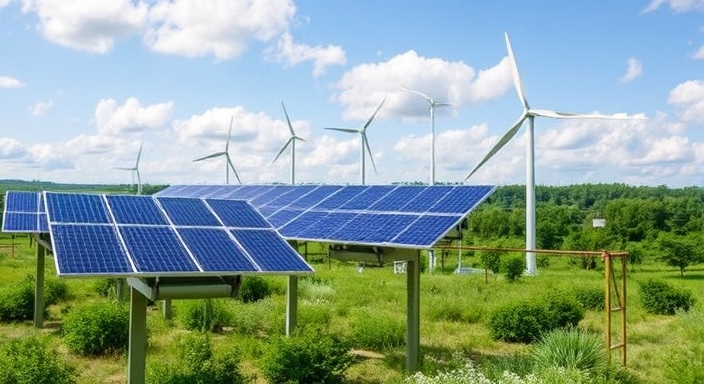
Hybrid Renewable Energy Systems (HRES)
In Europe, hybrid renewable energy systems (HRES)—combinations of technologies like solar, wind, and energy storage—are being advanced to increase energy stability and efficiency while helping meet EU climate goals. Recently, projects like the BEI Bornholm Energy Island and the PONTIS green hydrogen supply chain have been included in the EU’s CB RES (Cross-border Renewable Energy) list, making them eligible for funding under the CEF Energy program. These hybrid projects are designed to maximize renewable generation across borders, improve grid stability, and support the EU’s REPowerEU initiative to reduce reliance on fossil fuels. The projects are primarily funded through grants, allowing EU member states to better share resources like wind and solar energy across borders.
Currently, there are about 7 hybrid wind-solar plants in Europe, with 22 wind farms also integrating storage. However, expansion faces challenges due to regulatory gaps. For example, WindEurope emphasizes that clear legislation is needed to streamline permitting and grid connections for hybrid systems, which vary by country. Spain, Portugal, and Ireland have pioneered policies that let developers exceed contracted capacity limits to optimize grid usage without increasing total output. Additionally, enabling these hybrids to access energy balancing markets and ancillary services is key to enhancing their economic viability.
Further support for hybrid plants is essential to achieve Europe’s ambitious renewable targets under the Green Deal, and many policymakers and industry experts advocate for broader adoption of policies to support integrated wind, solar, and storage plants as an effective path toward a more resilient and renewable-based energy grid.
For more details, check sources like the European Commission and WindEurope.



